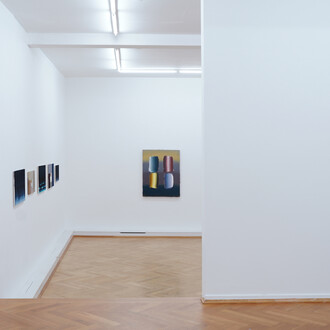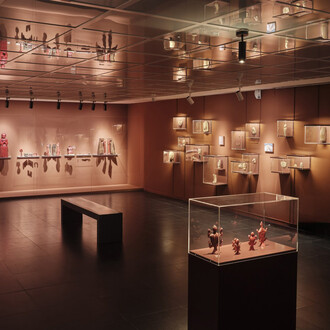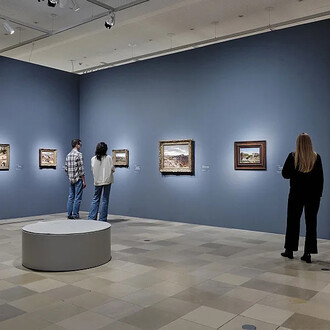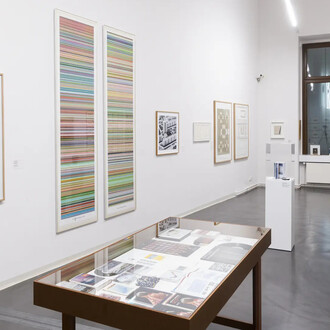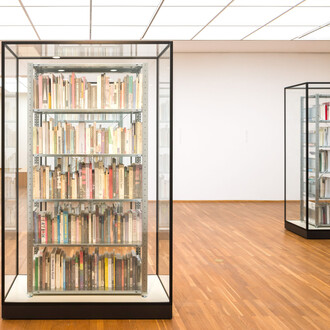Carol Rama (1918–2015) is one of those outstanding female artists of modernism who, in spite of impressive and multifaceted oeuvres, achieve fame late in their career. Sexuality, passion, disease, death—Rama dedicated her art to the great human themes and fundamental experiences. Her depictions from the 1930s of female lust paved the way for today’s feminist art. Independent of artistic schools and groupings, the self-taught talent created over the course of 70 years an unconventional and highly personal body of work. Rama’s work defies simple categorization and is distinguished by an enthusiastic delight in experimentation. From her early days as an artist in the 1930s through to the early 2000s, she managed to reinvent her style every ten years or so with new groups of works, while always remaining true to herself.
An adept iconoclast, she pushed the boundaries of artistic and social conventions in terms of both form and content. Rama spent her long life in Turin, in an apartment that also served as her studio on the top floor of 15 Via Napione that she had designed as a total work of art in its own right. Well-connected, she gathered around her a circle of intellectuals and artists and yet for a long time remained more or less unknown outside Italy. It was not until she had reached an advanced age that she was recognized with international survey exhibitions and prestigious awards including the Golden Lion for Lifetime Achievement at the 2003 Venice Biennale.
Innovative and extraordinary. Uncompromising and unconventional. The great unknown of modernism – Carol Rama. To accompany the exhibition, the Schirn is offering a Digitorial that offers valuable background information, cultural and art historical contexts of the exhibition. This free-of-charge digital educational offering can be accessed in German and English. For Smartphone, Tablet and Desktop.
(Curators: Martina Weinhart, Schirn Kunsthalle Frankfurt)









